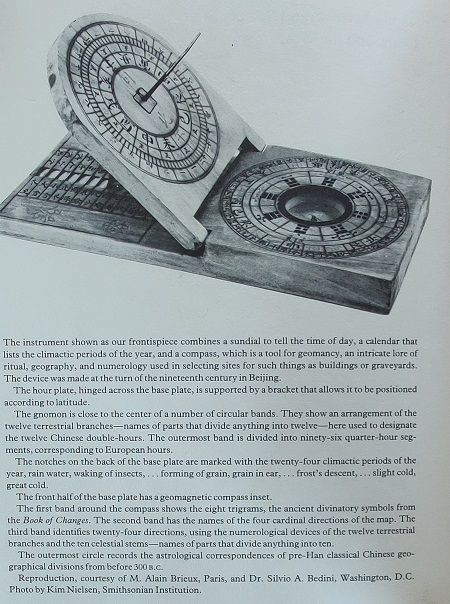FROM THE PAPER "THE SECRET OF THE MAGIC SQUARE, NUMEROLOGY IN ART AND ARCHITECTURE
copyright registration number TXu 2-483-178
effective date of registration: January 30, 2025
Registration decision date: April 25, 2025
Author: Robert Dickter
United States Copyright Office
La Sagrada Familia, Barcelona, Spain
The magnificent church, La Sagrada Familia, was
started in 1892 by architect Antoni Gaudi and is presently still under
construction although a completion date of 2026 has recently been
announced. Two significant features
relevant to this paper are the appearance of a magic square albeit an even
magic square of order 4, and the coded use of numbers reflecting the
Pythagorean Theorem.
Image 19. A 4x4
magic square on the Passion Facade of La Sagrada Familia with a magic constant of 33.
This is not the traditional magic square of order 4 as that square would
have 34 as the magic constant. This
square uses two 10s and two 14s in order to have the magic constant equal 33, a
reference to the age of Christ when he died.
A traditional 4x4 magic square would have the numbers one thru sixteen
and there are 880 different arrangements of numbers to achieve this end.
Stained glass image of quincuncial composition in La Sagrada Familia using the classic
quincunx and comparing to jewelry from the Lazaro Galdiano Museum, Madrid.
Stained glass window exhibiting the Pythagorean Theorem in code, La
Sagrada Familia.
Counting the number of petals in the large circle, one comes up with 16
or 42.
Counting the number of circles including the large circle (but not the
real small circles) one comes up with 25 or 52.
Counting the tomb shaped figures on one half of the window, one comes up
with 9 or 32.
32 + 42 = 52
Could it be a coincidence that Gaudi uses a magic square, makes a coded
reference to the Pythagorean Theorem, and uses quincuncial composition? The magic square represents the establishment of
order on earth by connecting with Heaven thru the use of mathematics; repetitive concepts familiar to early Christian art and architecture.
La Sagrada Familia, outside of church.
Another example of Gaudi's use of square numbers: there are 81 (92) circular
windows in the above picture, the last grouping has 9 windows and both 81 and 9 are powers of three (the triad).
for PDF of the complete paper (36 pages),
email: robert.luoshu@gmail.com
$7.00
25 images and 15 tables, discusses in detail the magic square and its relevance in early China and the West as a motif in art and architecture.
©2025 pending
























